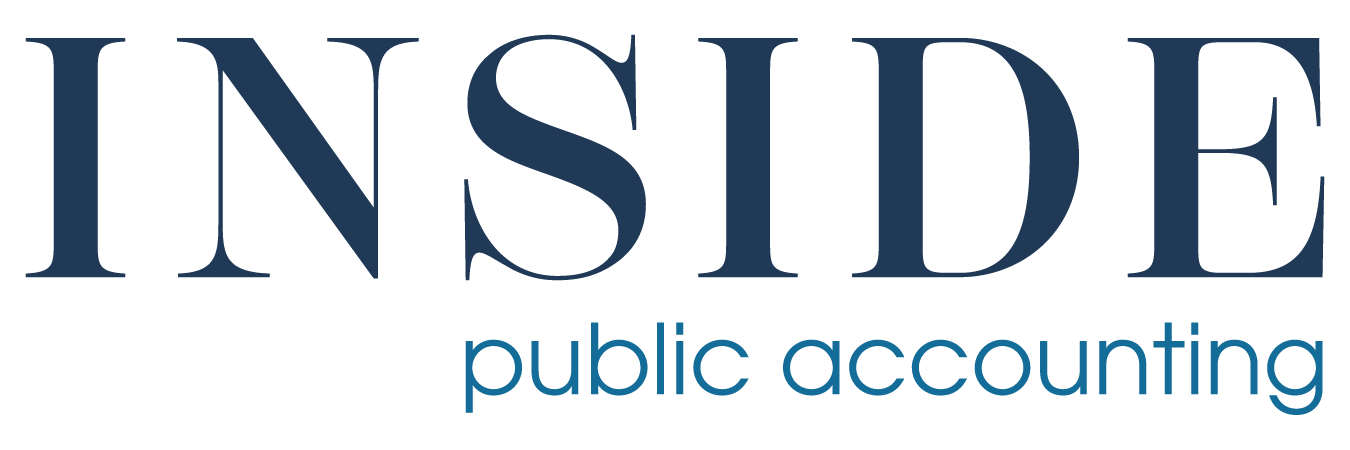 By its very nature, unconscious bias is deeply hidden. But even though extricating and examining our inaccurate, stereotypical thoughts may not be easy, it’s worth making the effort.
By its very nature, unconscious bias is deeply hidden. But even though extricating and examining our inaccurate, stereotypical thoughts may not be easy, it’s worth making the effort.
Everyone has biases, said Jennifer Harrity-Cantero, in a recent webinar by CPAmerica and the Association for Accounting Marketers (AAM). The problem is that the brain uses those biases as a filter through which to see the world, leading to automatic assumptions that may not be true, or even close. And it can start as early as 5 years old, said Harrity-Cantero, a DEI consultant and director of the Sensiba Center for Sustainability at Pleasanton, Calif.-based Sensiba San Filippo.
“Having a bias doesn’t make you a bad person,” commented Kandace Freeman, DEI program manager at Atlanta-based IPA 100 firm Frazier & Deeter. “And not every bias is negative or hurtful. It’s not recognizing biases that can lead to difficult interactions at work, in life and in relationships.
Harrity-Cantero showed attendees photos of real people – a distinguished older Black man, a white male in his 20s, a heavily tattooed white woman and a fashionably dressed Black woman. When asked to match careers with the photos, people generally get it wrong, based on commonly held stereotypes of what people in different professions are “supposed” to look like. The rapper and hip hop record label owner is Logic, a white male; the runway model is Jason Jules, a Black man; the pastor is Rev. Nadia Bolz-Weber, the tattooed white woman; and the conservative political activist is Candace Owens, a Black woman.
Biases At Work
Biases within the workplace may be less overt, Harrity-Cantero said, but they exist. How else to explain that according to several studies, less than 14% of American men are 6 feet tall or more, yet they make up more than 60% of U.S. CEOs. Also consider a National Bureau of Economic Research study that showed that family income decreases by 6% for every 1% increase in body weight.
“This hits home big time,” Harrity-Cantero said, showing photos of four professional, plus-size women. “There’s nothing there that said that these women aren’t extremely confident and killing it in the workplace, yet we know as women they’re probably not being paid as much as men, and now just because they’re a little bit bigger than what society thinks they should be, they’re paid even less.”
Identifying Microaggressions
Internalized biases can result in microaggressions – frequent statements or actions that may be unintentional but communicate discrimination to people who are often stigmatized.

Some of these comments are often meant to be compliments but are not interpreted in that way. For example, “You’re so articulate,” may translate to, “I didn’t think you would be.” Telling a woman to smile more is a surefire way to make her smile less. Complimenting a Black woman’s hair and then asking to touch it, or worse, doing so without permission, makes that person feel as if she’s being pet like a dog. “The number of times I’ve been asked ‘Can I touch your hair’ in the professional world is astronomical, y’all,” Freeman said.
People of color, or those with accents, are often asked, “OK, but where are you really from?” Siri Svay, an Asian-American who is the practice growth senior specialist at Houston-based IPA 200 firm PKF Texas and co-chair of AAM’s DEI Committee, told the group, “People ask me where I’m from when they meet me and then get offended when I say, ‘I’m from the U.S.’ ”
Outsmarting Implicit Bias
Concrete examples of what not to say are fairly easy to understand – what’s more difficult is digging deep to understand the nature of one’s own biases and thinking about where they may have originated. “I grew up for a time in the South, and there’s a lot of slang I picked up that I would never use again because it’s hate speech,” Harrity-Cantero shared. “I had no idea the origins of what I was saying.”
To start dismantling bias, try to understand whether you might be considered privileged through gender, class or sexual orientation and honor different experiences. Learn about other cultures through documentaries, books, TED talks, ethnic restaurants and the like. Actively engage in conversations with people of color or other marginalized groups, and ask people to call you out if you inadvertently make a mistake. Study firm policies, procedures and your own habits to see if implicit bias may be built into them. You’re not going to reveal your biases all at once, as awareness tends to come in bits and pieces, Harrity-Cantero said.
“We need to start feeling uncomfortable about these behaviors because if we don’t feel uncomfortable, nothing will change.”
Harrity-Cantero suggests that if you’re trying to understand where another person is coming from, the best approach may be to simply ask questions. Can you tell me more? What did that experience teach you? How did that feel when that happened? “Those three questions will open your eyes so much.”
